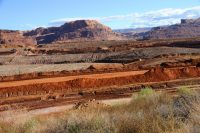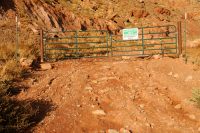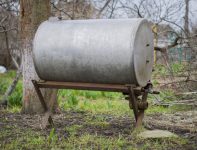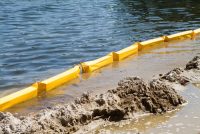Shipyard CWA Settlement an Educational Experience for Many
Shipyard CWA Settlement an Educational Experience for Many Following an inspection in 2012, the U.S. Environmental Protection Agency (EPA) determined that up until the summer of 2011, a Gloucester, Massachusetts, shipyard had directly discharged process waters from its boat-washing operations into Smith Cove, which opens into Gloucester Harbor. The discharges contained mixed wastes, including paint […]










